
One of the tools for 3d modeling that making people excited about the release of Blender 3D 2.50, even with no guaranties that this feature will be added to the release, is the B-Mesh. A lot of old users and artists coming from other 3d packages want to use tools like N-Gons in 3d modeling and simple can’t do that with the actual mesh system of Blender 2.49. I have written about the B-Mesh already in the blog a few weeks ago, but today I will talk about n-gons for architectural modeling again.
Earlier this morning I was talking with one of my students and it wasn’t clear for him, how n-gons can help with architectural modeling. In fact, he knows and understands what is a n-gon, but the concept having cleaner meshes it’s hard to visualize.
Let’s clarify the concept with a simple example, showing a model created with Blender 2.49b and the actual mesh system and a representation with a B-Mesh test build.
One of the hardest topologies to represent with the actual mesh system is a compound wall, with arcs or circular windows. It can be a wall or even a bridge with arcs.
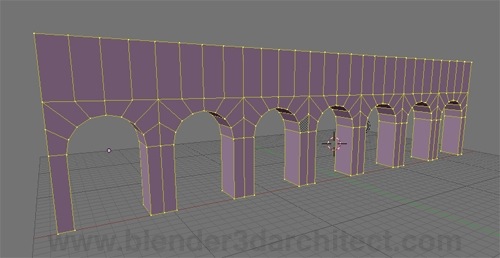
Notice the edges of the model, making a regular but hard to create structure to compose everything only with quad faces. It’s not impossible, but demands a lot of work with subdivisions and connects to get done.
With the B-Mesh system things will be created with a lot less edges in models. Here is the same model opened in a B-Mesh test build. If you want to convert any set of faces to N-Gons, simple select the faces and press X, and choose Dissolve.
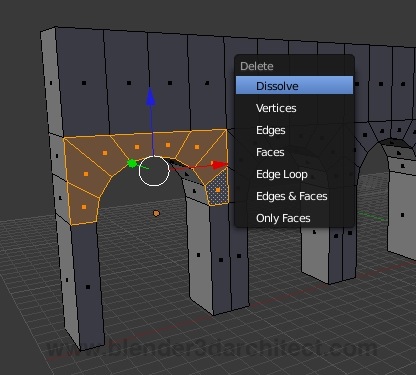
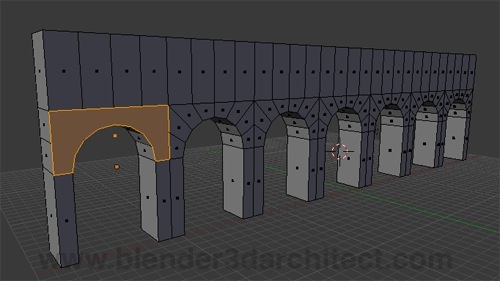
It will convert everything to N-Gons and we will have a lot less edges in the model. If we apply the same method to the rest of the model, here is what we will get:
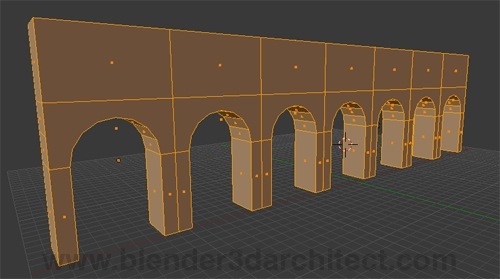
This is a great advance and may even be an invitation to use Booleans to deal with this type of modeling. Since everything can be converted to a single face, maybe it doesn’t sound so bad to apply a Boolean modifier.
How about you? Do you think B-Mesh will make the life of architectural visualization artists easier? Do we need N-Gons?

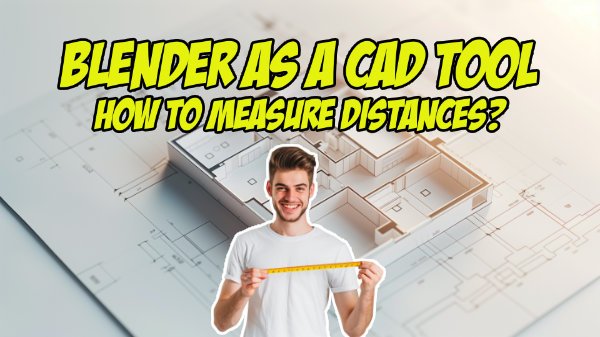
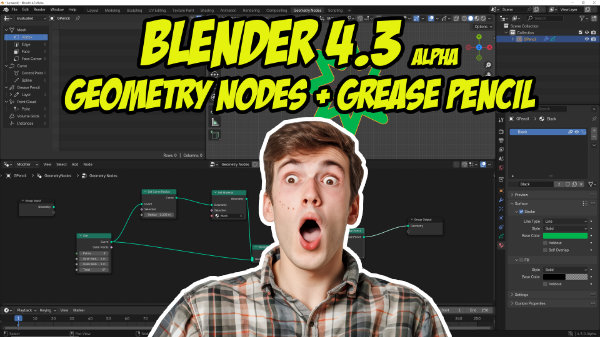
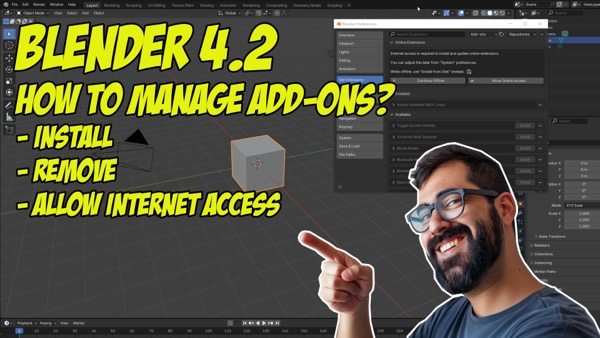

Yes, WE (architects) need them… We are too used to Acad and it´s clean booleans operations.
Wow, N-gons in blender! I’ve used them in the past in 3dsmax, and I felt it missing from Blender. This will speed up my archviz work even more.
Will i be able to deselect the B-mesh system?
I mean… I used to use N-gons when I worked with silo (another modeling software), they were useful but I couldn’t really control the topology of the meshes.
Especially using the Subsurf modifier you’ll get (I’m speculating) a result different from what you have planned.
With this system, will I be able to control how an N-gon is composed (how it’s subdivided into quadrilateral and triangular faces, I don’t know how is called this subdivision in English)?
But maybe this system is useful only in architectural modeling…
Thank you very much!
I’m not too fussed personally about NGons and don’t use booleans either, I find if I’m exporting a model or recwiving a model from Max or Modo modelled in that way the mesh is a mess. Better plain old SubD I think.
http://yellowsblog.wordpress.com/files/2009/09/mesh.png
http://yellowsblog.wordpress.com/files/2009/09/render.png
Whatever way gets us there but nothing is currently preventing modeling architecture cleanly I think. Not having NGons is not an excuse. 🙂
I look forward to experimenting with it when/if it does make it into the next incarnation of 2.xx but I wonder what impact it has on render time? Also, if it becomes mainstream it will surely complicate importing Blender models using the technique in other software? That said the lack of clean, easy booleans in Blender was something that kept me locked up in other software so maybe this will be a positive improvement.